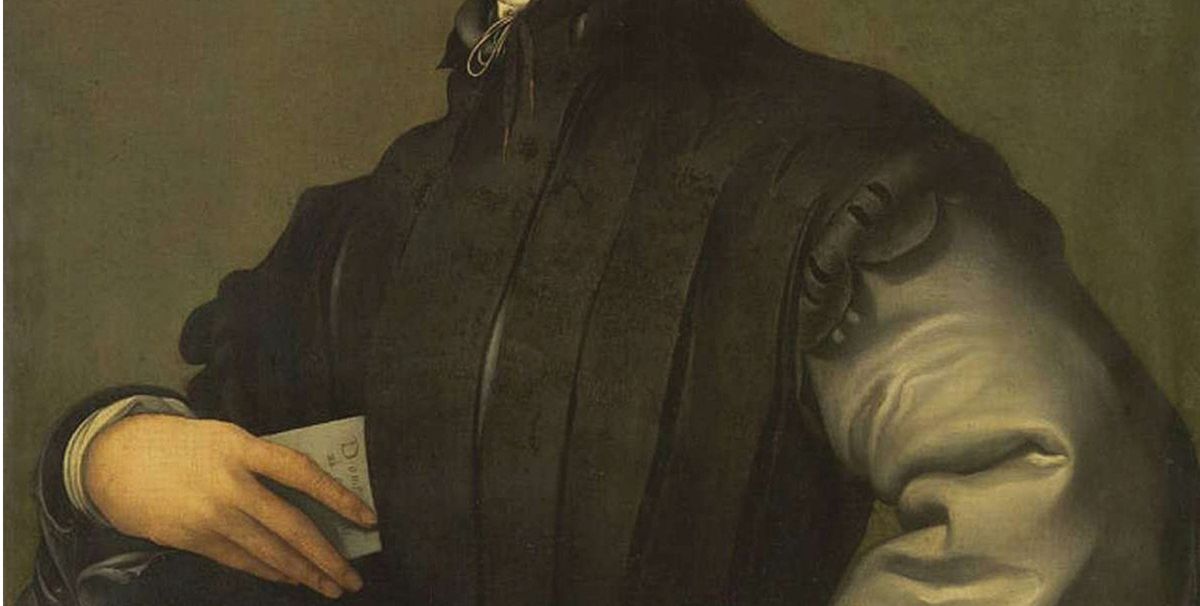The National Gallery today (16 February) confirmed that it raised £30,618,987 to buy a portrait by Jacopo Pontormo. A spokeswoman says that “unfortunately, the owner has decided not to accept the offer”, after a UK export licence was deferred to allow a matching offer.
Tom Hill, a New York hedge funder, had paid for the Portrait of a Young Man in a Cap (1530) in 2015. Since then the value of the pound against the dollar has plunged, and he says he would lose over $10m (now £8m) by accepting a matching offer.
The Art Newspaper can also report that the culture secretary, Karen Bradley, yesterday formally refused an export licence. This means the Pontormo will now have to remain in the UK. Hill may well offer it on loan to another UK museum. If he wants to lend it to a US museum, a short-term loan would require a temporary UK export licence.
The National Gallery has taken the unusual step of releasing details about how the matching price was met. This is the largest sum ever raised by a UK museum for an acquisition, with the exception of the two paintings by Titian (£50m and £45m) which it jointly bought with the National Galleries of Scotland in 2009-12.
For the Pontormo, the Treasury provided a “special grant” of £19,415,000 to cover the tax concession on the sale which was not available because of the way the painting had been sold. The Heritage Lottery Fund (£4m) and the Art Fund (£750,000) offered major grants. National Gallery sources and donations made up the remainder.
The Art Newspaper can also report that the National Gallery recently offered to raise a higher sum for Hill, to cover part of his exchange rate losses. Hill decided that the promised amount was not enough. This led to his final decision to reject the National Gallery’s concession.


